A space just for you - creating privacy with plants
From prying eyes to noisy roads, plants can help block out unwanted intrusions. No matter the space, here are our tips on keeping things private.
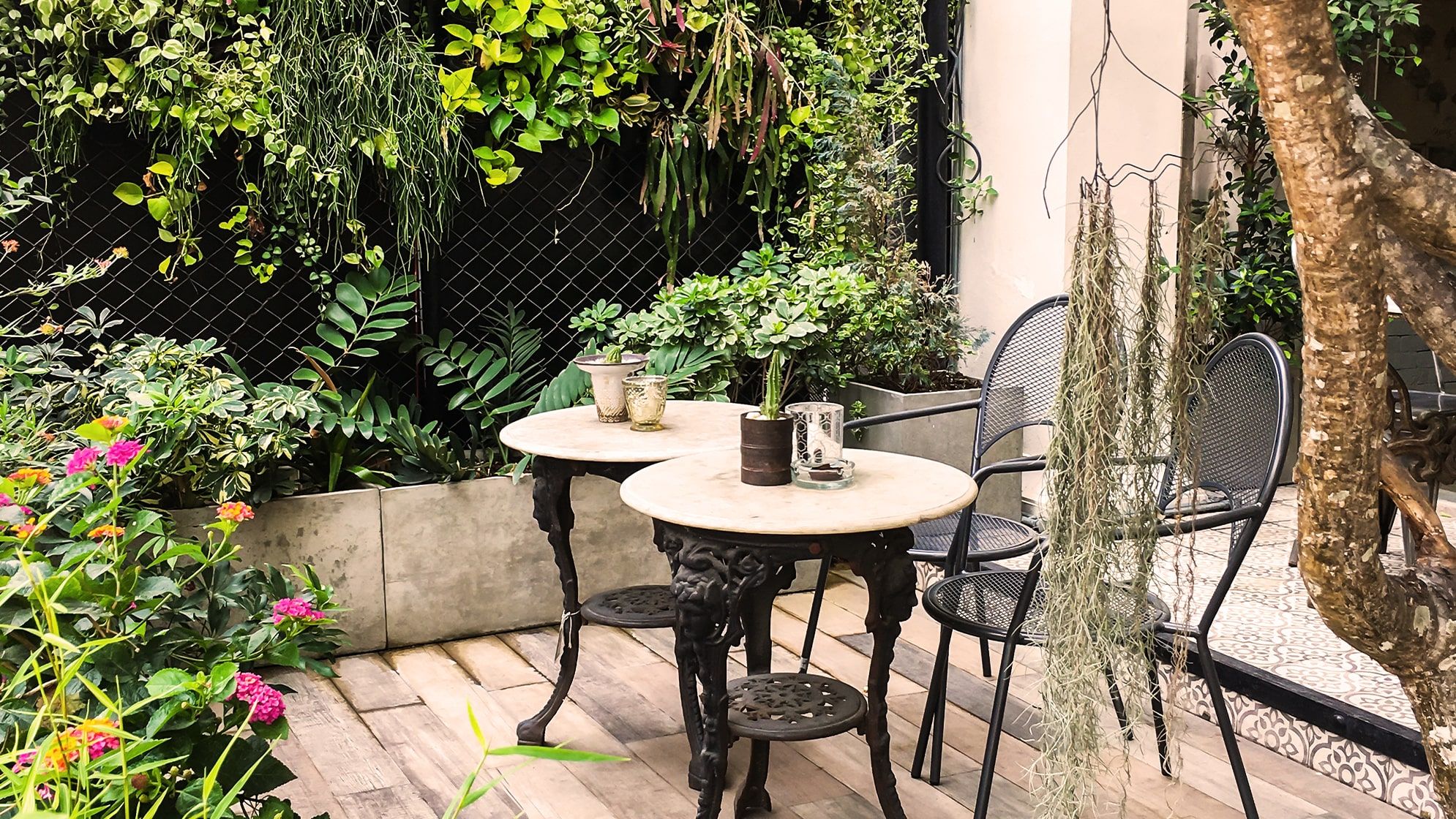
Be it nosy neighbours, loud roads or lingering smells, our busy world leaves little room for calm seclusion. More than ever, our private outdoor spaces need to become sanctuaries where we can block out others and focus on ourselves. Plants can help create pockets of paradise - finding that tranquil time-out is easier than you might think.
We’re going to look at:
- Using evergreen plants
- Repetitive planting
- Creating layers
- Using climbing plants
Using evergreen plants: greenery is in
Evergreen plants keep their leaves all year round, providing a permanent green screen. Many evergreens like Laura, Ollie, Cubby and Tina have no or very discreet flowers, so you’re really growing them for their foliage. This doesn’t mean flowers are out though, Clement puts on a spectacular display of red, white or pink blossoms in late Spring.
While most evergreen plants are quite sturdy and structural in their shape, creating a dense screen, bamboos like Bree and Boo, with their tall slender stems and thin leaves, let through more light and air. They have the added bonus of creating a soothing shushing sound when the wind blows through them.
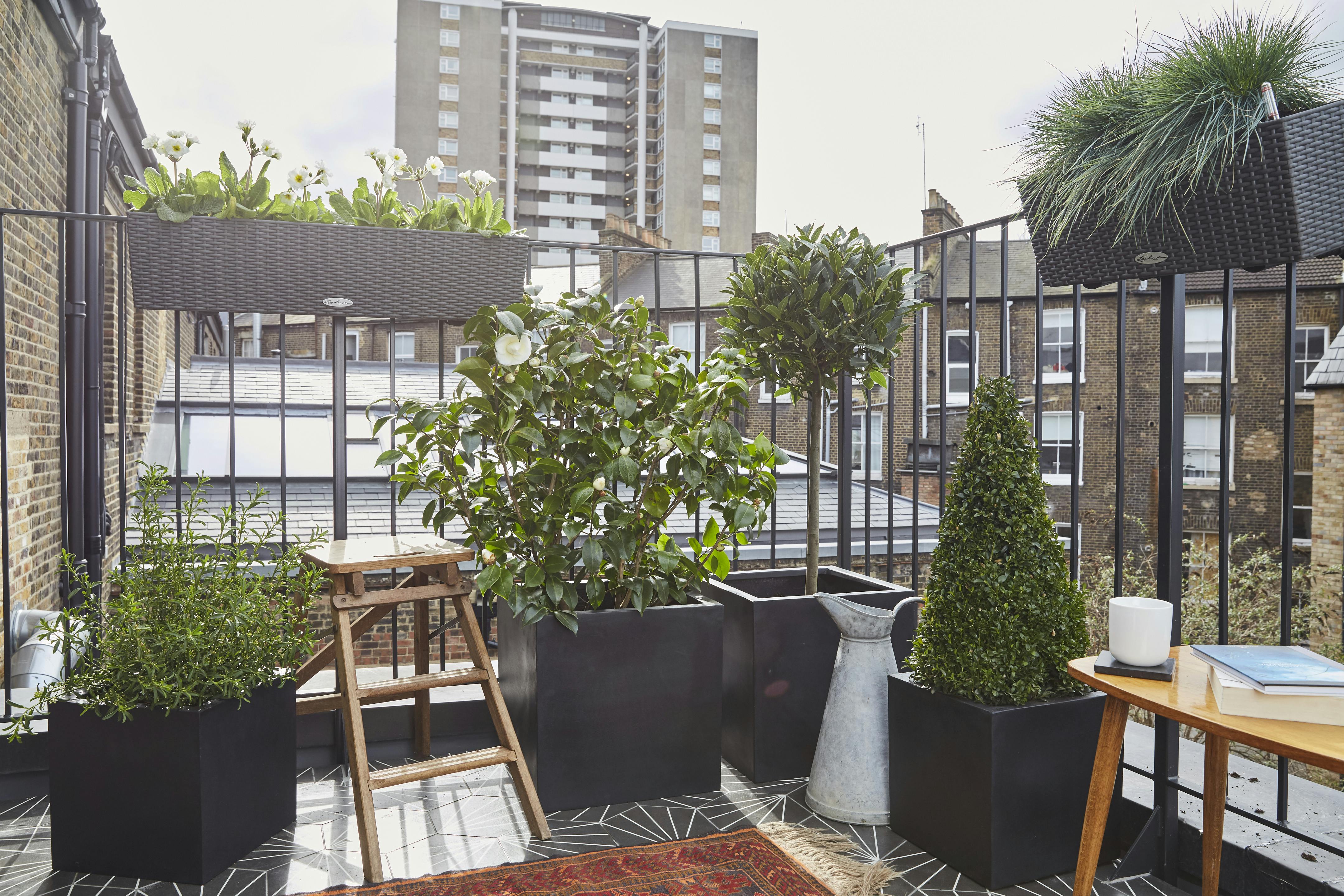
Repetitive planting: line them up
Growing a number of the same plant in a row is an easy and cost-effective way to create a screen, and is typical of a formal garden style. The most common way to create a natural screen with repetitive planting is to grow a hedge. We typically think of hedges in the ground, which are created by planting shrubs quite close together so that as they mature they grow into each other.
Regular pruning of hedges, trimming back the top and sides, encourages the growth of side-shoots, which is what creates their dense wall-like effect. The same effect can be created in troughs or pots by spacing them at regular intervals.
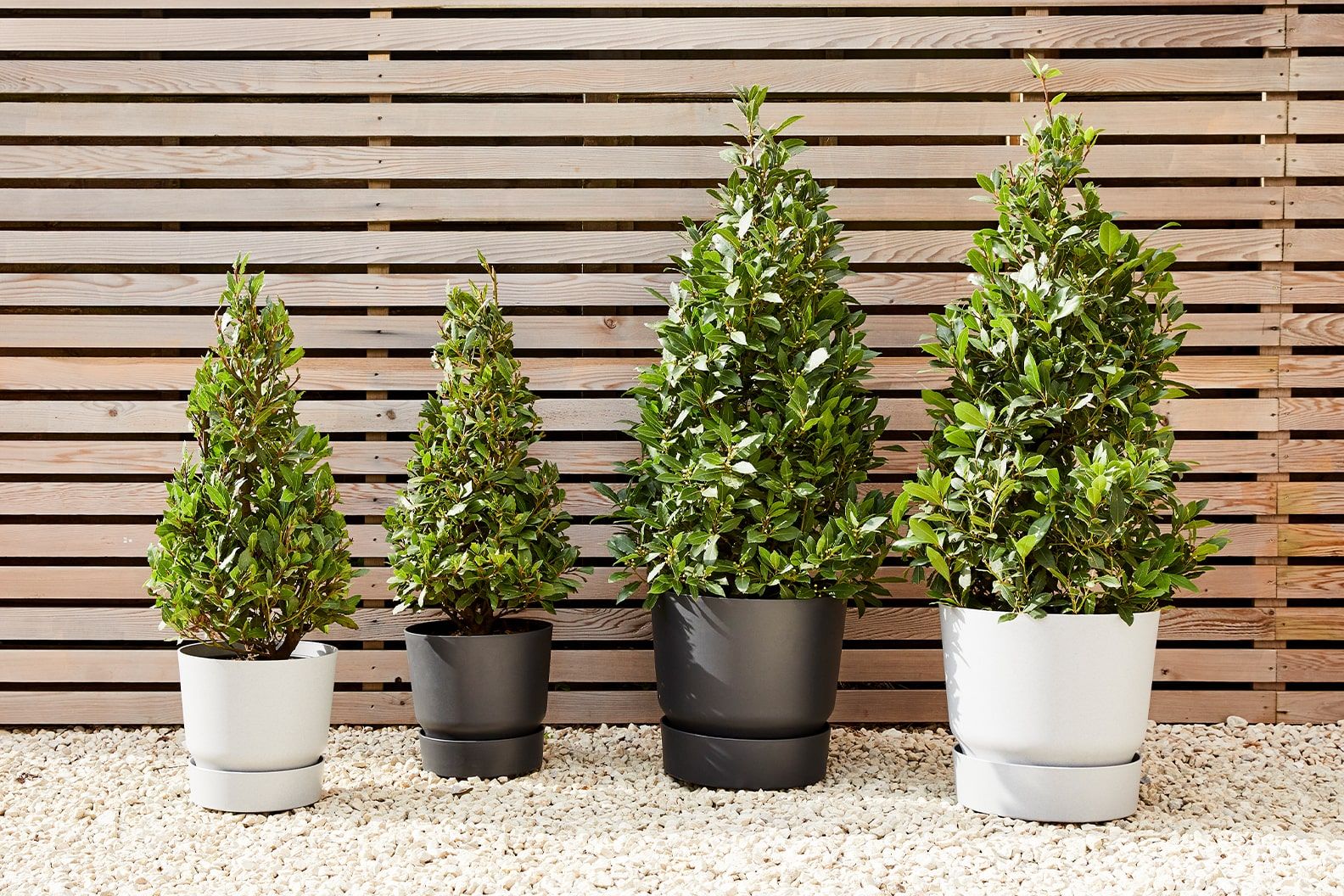
Creating layers: mix n' match
A more playful way to create privacy with plants is to combine evergreen and deciduous, tall, mid-size and small, trailing and climbing plants. This can be done in the ground or in pots. If planting in pots, additional height can be created using plant stands, placing pots on ledges, tree stumps or even rocks to create a layered, staggered effect. Taller, more upright plants will generally be positioned towards the back of the group but you can bring some forward to make your display more 3D.
By combining evergreen and deciduous plants (those that lose their leaves or die back over winter), you ensure that you’ll always have some colour and structure throughout the seasons. While your screen might be a bit thinner or more transparent during the colder months, you’re unlikely to be spending as much time outdoors, and you can rest assured that it will grow back as it warms up. Layering up like this creates a more natural, informal style.
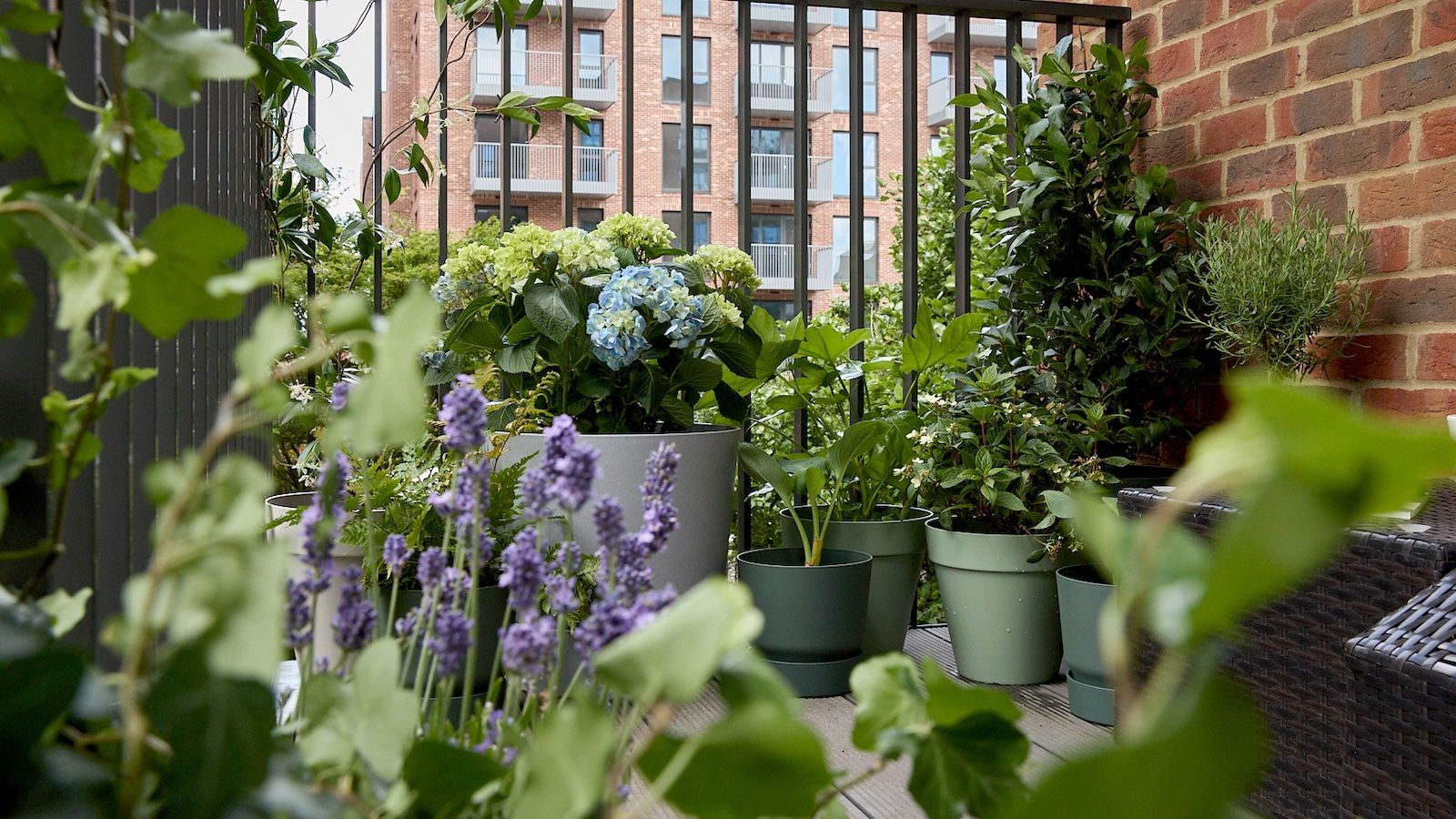
Using climbing plants: living walls
Last but not least, a really simple way to create a screen is to use climbing plants. There are some great evergreen options with the added bonus of scented flowers, so that you not only get privacy but your sanctuary is scented. Climbing plants like fast-growing Clem the clematis, Harriet the honeysuckle or sweet-smelling Jazz the jasmine will quickly cover a wall, pergola, arch or seat, offering a shaded and enclosed space hidden from view. Combine climbers with a pot and trellis for portable privacy.
Vertical structures are an effective way to screen your space. The best way to train climbing plants is against a trellis, up a frame, or along wire supports. These supports will need to be attached securely to an existing outdoor structure so that they don’t get blown over in the wind.
Given their name, most climbing plants will find their own way up the structure you have in place, either by clinging on or twining themselves. They may however need the occasional bit of help to get them going in the right direction. You can gently weave them around and through your trellis or attach stems loosely with garden twine or hooks.
In it for the long haul? Train fruit trees along a frame. By shaping varieties like Andre the apple tree, you can create narrow flat plant structures that provide plenty of screening and tasty snacks.
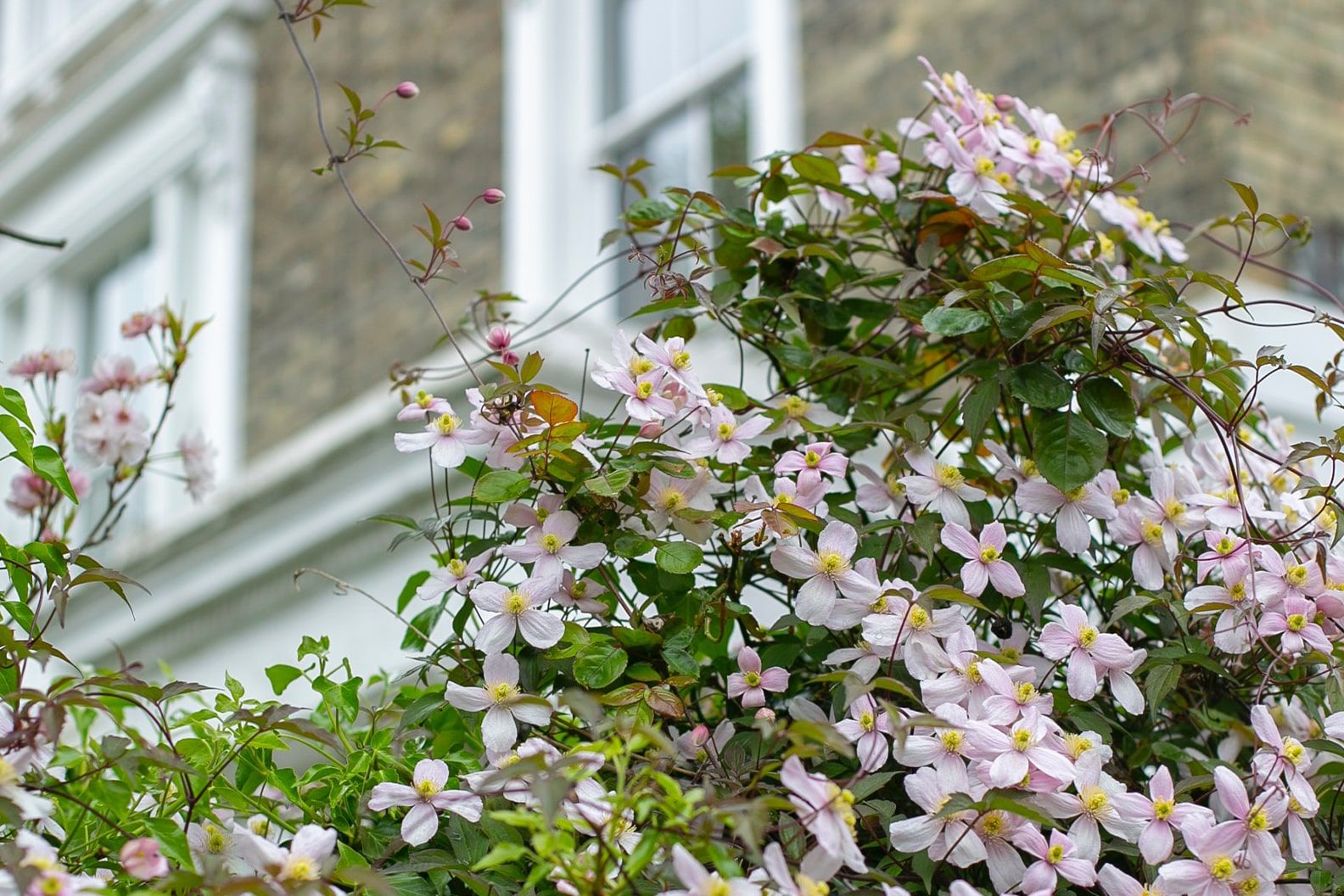
Buying more established plants will help get the effect you’re after more quickly, but don’t be put off buying smaller, younger plants that require a bit more time to establish - sometimes the more stealth-like approach is less offensive to the neighbours.
Finding privacy and peace in our outside spaces is essential in this hyper-connected world. Plants can create natural, quiet spots for us to recharge and thrive, so grab that book and a drink – it’s time to relax, undisturbed.
Rewild your inbox
Plant tips. Special offers. No spam.
In this article
You might like
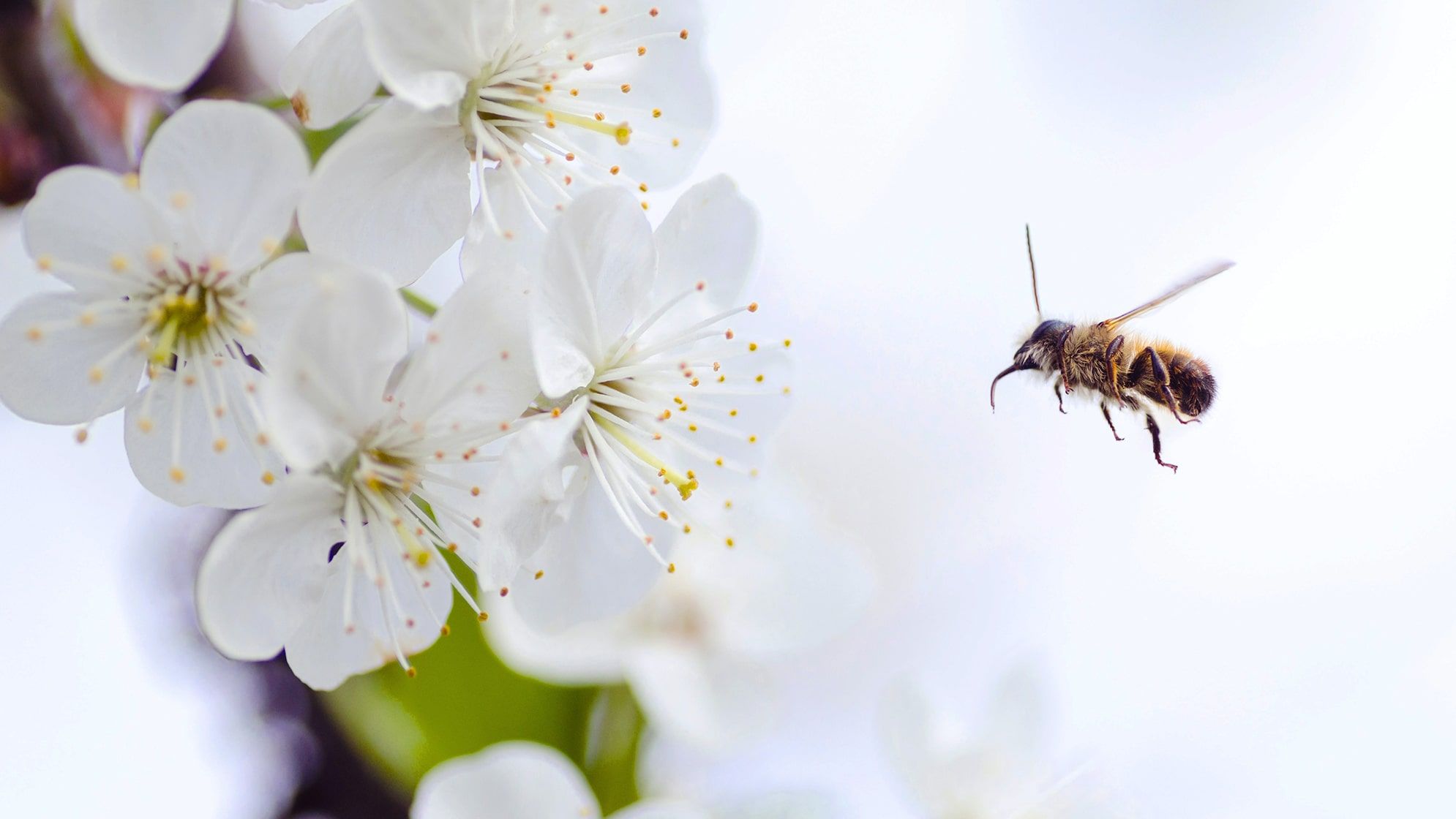
Make your outdoor space bee-friendly
Make your outdoor space bee friendly
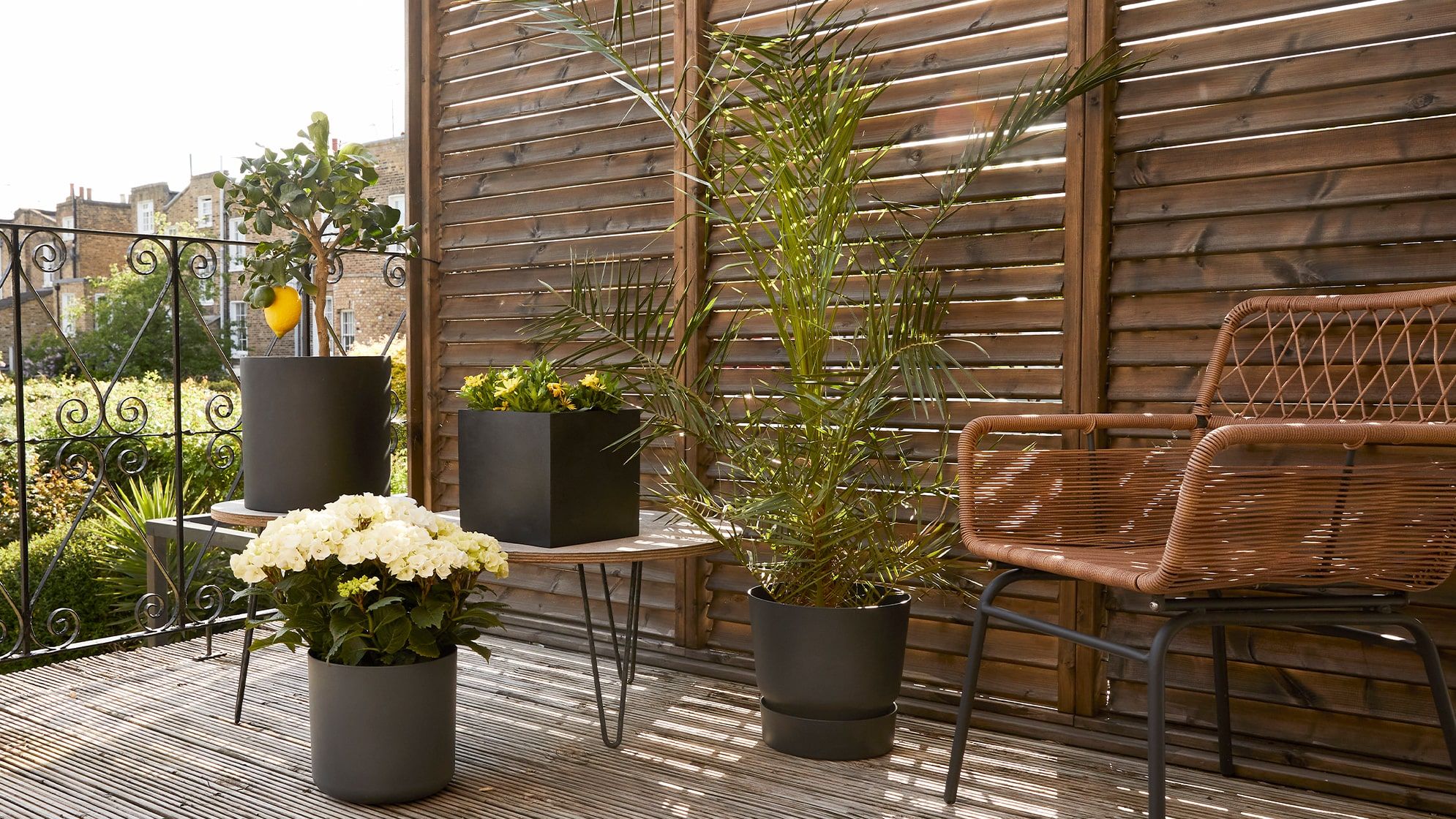
How to pick plants for your balcony
How to pick plants for your balcony
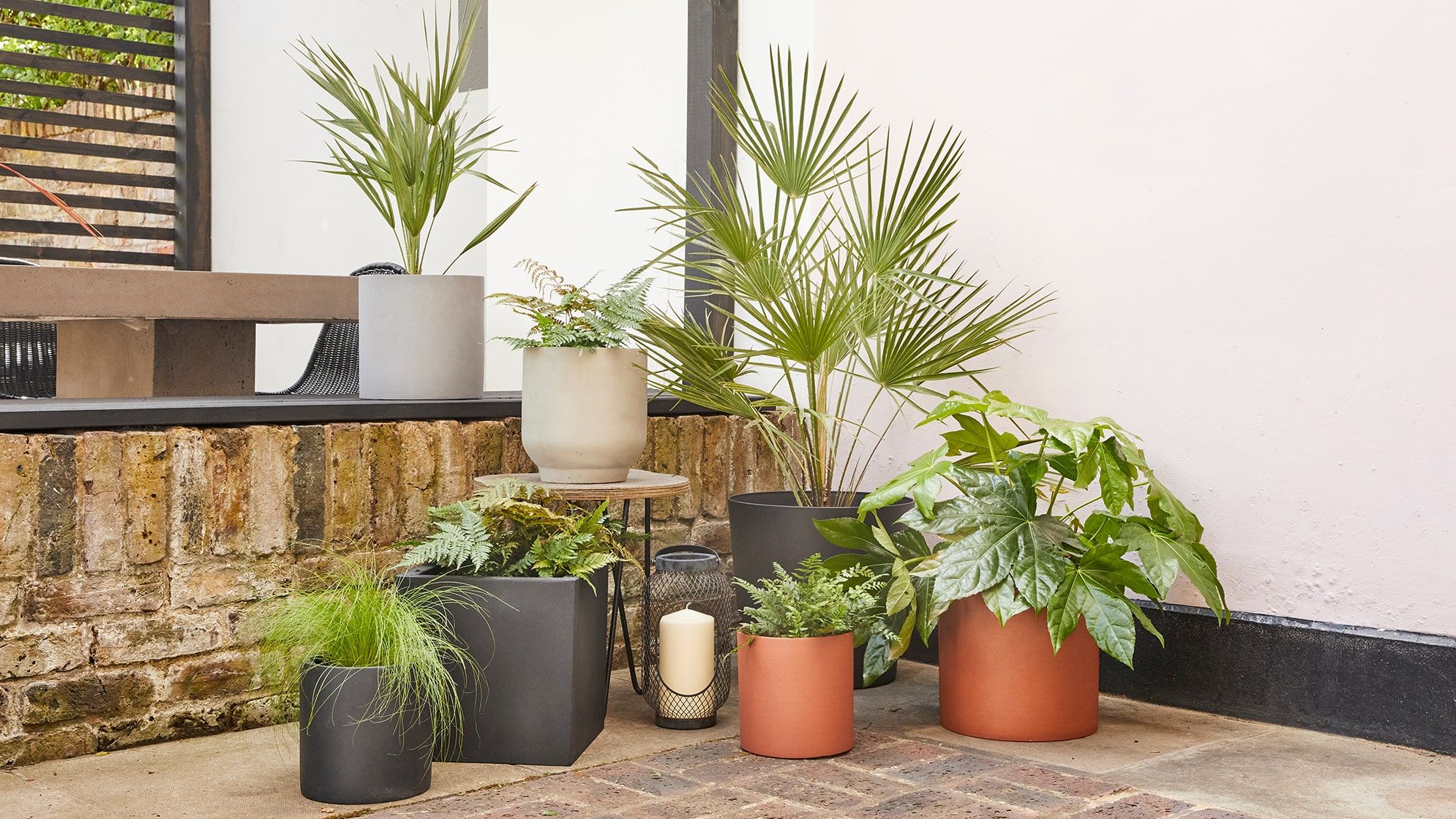
Plants for small outdoor spaces
Even the smallest space has potential







